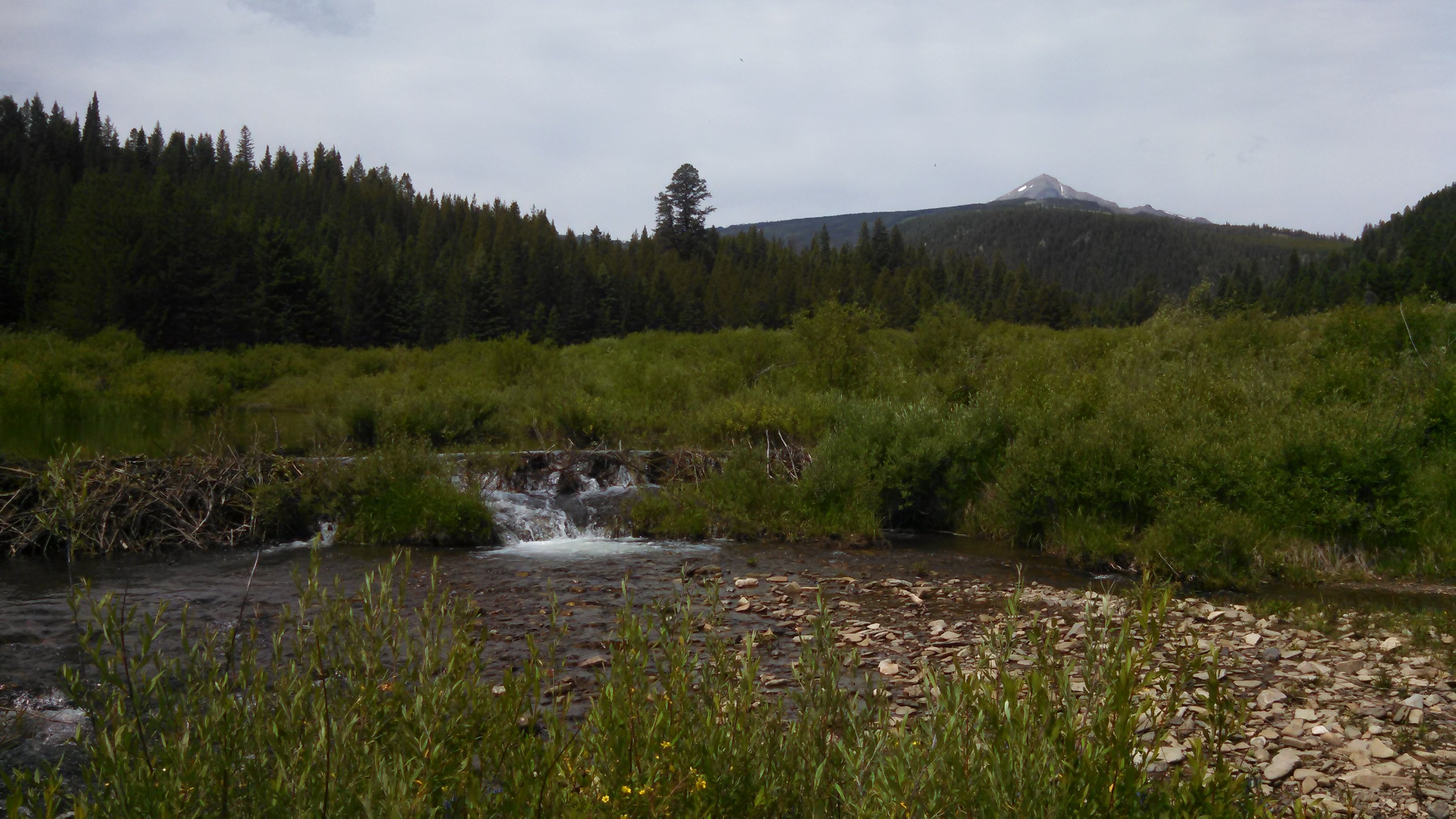understanding how beaver mimicry restoration influences natural water storage in missouri river headwater streams
The Montana State Water Plan recommends strategies that improve "natural water storage", particularly in riparian and floodplain areas near streams. Beaver-mimicry restoration (BMR) seeks to simulate the natural effects of beaver activity in streams, and has become a popular approach to hydrologic reconnection of stream channels to floodplain and riparian systems. Proponents of BMR and authors of the State Water Plan suggest that restoration of incised streams will improve stream and riparian habitat, improve water quality (e.g., reduce excess sediment and nutrient laods), reduce stream temperatures in the summer, and improve natural seasonal storage in wetlands and local alluvial aquifers. The influences of BMR on biological aspects of ecosystem recovery have been well documented. However, the effects of BMR on natural water storage have yet to be tested directly, and the specific hydrologic mechanisms that would promote higher and cooler late summer flows remain poorly understood.
Rob Payn and Andy Bobst in the Montana State Watershed Hydrology Lab are partnering with The Nature Conservancy to build a program using existing and planned BMR activities in the Upper Missouri region as manipulative experiments toward a better understanding of the hydrologic consequences of stream restoration. Our objective is to couple field experiments with simulation modeling exercises to provide a scientific basis for the potential to increase natural water storage from BMR activity, and to discern the hydrologic mechanisms by which various time scales of natural storage may be created or enhanced.
Their strategy for initiating a program of hydrologic research integrated with BMR management is to design experiments around active construction that is taking place over the next two years. They will establish a template for experimental design and an equipment package that can be quickly deployed for pre-restoration data when the details of new BMR projects are decided. Project work over the next two years will investigate how BMR influences surface-subsurface hydrologic interactions by using replicated experimental before-after-control-imapct design. Field research will be supplemented with sensitivy analysis of modeled surface-subsurface interactions, including assessment of potential for increased evapotranspiration in the annual water budget. Monitoring will be conducted at two locations in the headwaters of the Jefferson River where the Nature Conservancy is actively implementing BMR.
To learn more about the need for increased water storage and retention in Montana, please consult the 2015 Montana State Water Plan.




